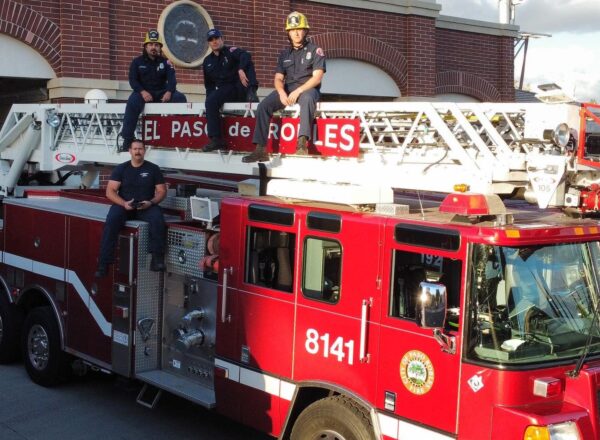Paso Robles firefighters warn of dangers of lithium-ion batteries
October 7, 2025

By KAREN VELIE
From phones to power tools, firefighters in Paso Robles warn the community of the dangers of lithium-ion batteries during fire prevention week.
Firefighters are asking the community to focus on safety when using lithium-ion batteries. Paso Robles Fire and Emergency Services wants to raise awareness of the fire risks these common rechargeable batteries pose.
Used in phones, laptops, tools, e-cigarettes, cars and toys – lithium-ion batteries can overheat, catch fire, or explode if damaged or misused.
Buy, charge, and recycle safely
• Buy smart: Look for certified safety labels and avoid unverified online products.
• Charge safely: Use original or approved chargers, charge on hard surfaces – never on beds or couches and unplug when fully charged.
• Recylcyle properly: Never toss batteries in the trash or curbside recycling bins and contact the San Luis Obispo County Integrated Waste Management Authority for local disposal guidelines at (805) 782-8530.
“Lithium-ion batteries are everywhere, and while convenient, they must be handled appropriately,” said Paul Patti, battalion chief/fire marshal. “This campaign helps keep our community informed and safe.”






The comments below represent the opinion of the writer and do not represent the views or policies of CalCoastNews.com. Please address the Policies, events and arguments, not the person. Constructive debate is good; mockery, taunting, and name calling is not. Comment Guidelines